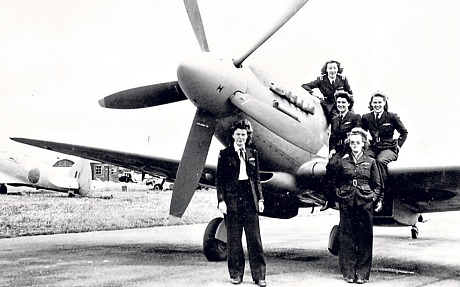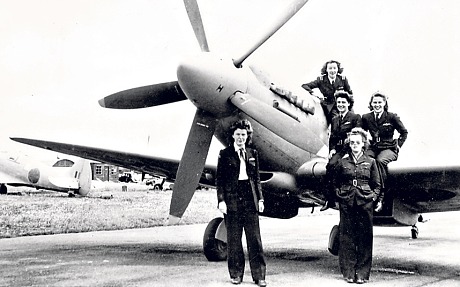Mostly, war is considered to be a field for men, but there is no shortage of tales of bravery and gallantry shown by women during wars. One such story is about a female pilot, a passionate flyer, who flew the most celebrated aircraft of the Second World War, the ‘Spitfire’.
Mary Ellis is still alive and is 98 now; but when she was at school, her lack of sporting skills demanded a change of passion. She opted for an unusual sport: she decided to fly planes. From a very early age, she started thinking high, and this was probably what put her in the pages of history. She first felt an urge to fly during an airshow in Hendon; she spoke to her father and convinced him to let her take a pleasure flight in an Avro 504. Mary says that when she was in the plane, she thought to herself that this is what she wanted to do for the rest of her life. She did not give up and soon after her first flight, she was awarded a flying licence at the age of 16. That in itself was a huge achievement for her, but she did not just stop there; she knew she was destined to do something big, something much more significant.
Her opportunity came when she heard on the radio that the civilian Air Transport Auxiliary (ATA) was looking to recruit some women pilots. She didn’t wait a second and applied for the post. After an initial flight test, she was selected into the ranks of the ATA.
During her training at Hatfield, Mary learnt to fly some of the most modern and celebrated planes of that era, including Hurricanes, Harvards and her favourite of all, Spitfires. Her job was to deliver newly manufactured planes to bases all around country, from where they were to take off for various campaigns in the war.
Another remarkable achievement of Mary Wilkins (as she then was) during her service was her handling of the aircraft. During her time with the ATA, she delivered 76 different types of aircraft to a variety of bases, including more than 400 Spitfires. Technically, the Spitfire could be a two-man job, but she delivered all those Spitfires alone and without the help of any co-pilot. She had to fly the planes and look for the base using only a map, stopwatch and compass in the cockpit. Everyone who received planes from her was shocked to see her coming out of the plane alone. It was unusual enough to see a woman pilot flying a Spitfire, let alone flying solo.
Mary also flew one of the largest aircraft of the Second World War, the ‘Wellington Bomber’. She not only skilfully managed to control and fly it to its destination; she also parked the giant with great accuracy and ease. When she came out of the plane, the ground staff and other pilots were amazed to see a woman pilot flying such a large aircraft, The Telegraph reports.
Mary has not lost the spark for flying, even when she is 98. She still takes to the skies, though she does not fly anymore; however, her happiness is evident from her eyes when she is airborne.

